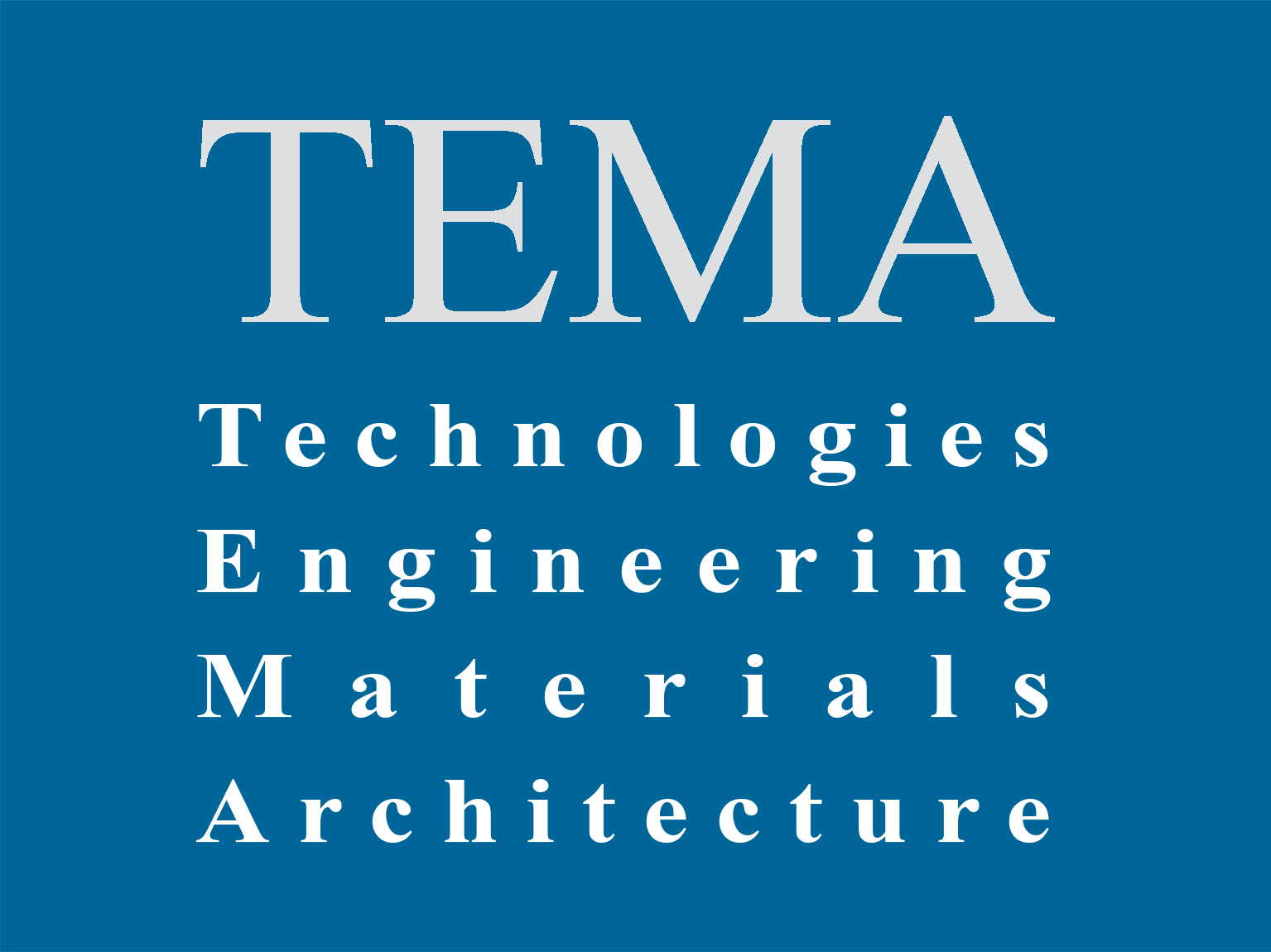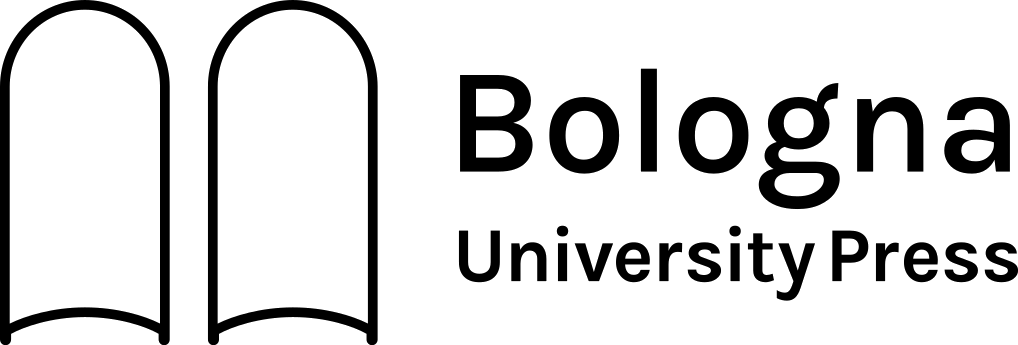In 1887, the Papermill Mecenate settled at the Sanctuary of Hercules the Victor in Tivoli, thanks to the construction of the Canevari Canal. The papermill represented, for decades, the largest industrial plant placed on the former religious site, which had already housed various manufacturing functions. The phases of greatest overlap occurred in the 1930s and 1950s by engineer Emo Salvati, who designed many reinforced concrete structures. In 1938, he and Marco Segrè, the factory owner, approached Gino Covre to make lightweight metal roofing. Arrived in Rome in 1935, Covre was already working steadily with the Antonio Badoni firm in Lecco. In Rome, he registered many patents, including the one for “Vaulted arch, composed or constituted with frame elements” (1936). The paper presents the historical-constructional investigation, supported by digital information modeling, of two unpublished applications made by Covre that were lost in the late 20th century. Covre’s Rome period is under-explored, and the case study raises important questions about those early years. The loss of vaults gives greater emphasis to existing traces-photographic, documentary-that can provide insights into the lost built object. Gino Covre’s experimentation in the autarkic phase with metal structures by means of a significantly reduced use of material appears to be an exceptional issue, and the application of Tivoli tests the system later used at the Palace of Congress at E42 designed by Adalberto Libera.









